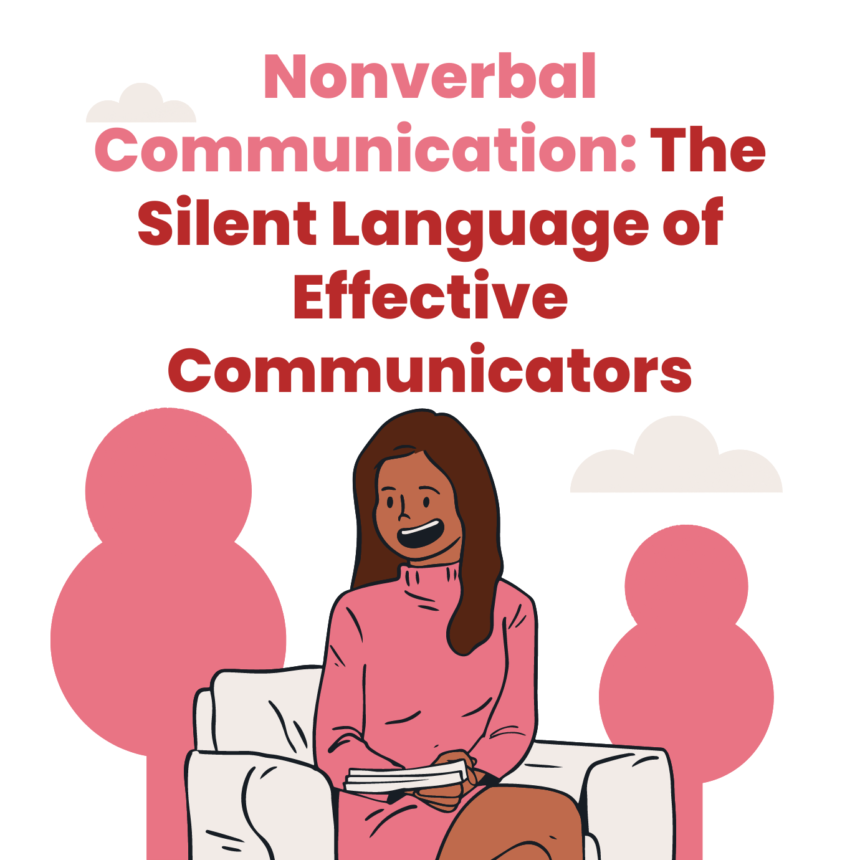When we think of communication, we often focus solely on the words we speak or write. However, there is another powerful form of communication that operates silently: nonverbal communication. Nonverbal cues, such as body language, facial expressions, gestures, and tone of voice, play a significant role in how our messages are received and interpreted. Understanding and harnessing the power of nonverbal communication can greatly enhance our effectiveness as communicators.
One key aspect of nonverbal communication is body language. Our posture, gestures, and movements convey a wealth of information. For instance, crossing our arms may signal defensiveness or resistance, while open and relaxed body language conveys approachability and receptiveness. By being aware of our own body language and observing others’, we can align our nonverbal cues with our intended message, creating harmony and trust in our interactions.
Facial expressions are another vital component of nonverbal communication. Our facial expressions can convey emotions, attitudes, and intentions. A smile can communicate warmth and friendliness, while a furrowed brow may indicate confusion or concern. Being mindful of our facial expressions and interpreting those of others helps us gauge their emotional state and respond accordingly, fostering understanding and connection.
In addition, our tone of voice and vocal cues can significantly impact communication. The way we say something—our tone, pitch, and pace—can convey enthusiasm, sincerity, or sarcasm. By modulating our voice to match the intended message, we can enhance the clarity and effectiveness of our communication.
Nonverbal cues can also be culturally influenced. Different cultures have varying norms and interpretations of body language, gestures, and facial expressions. Being culturally sensitive and adaptable in our nonverbal communication ensures that our messages are understood and received appropriately, especially in multicultural or diverse settings.
To harness the power of nonverbal communication, it is crucial to develop self-awareness and observation skills. Pay attention to your own nonverbal cues and consider how they might be perceived by others. Likewise, observe the nonverbal cues of those you interact with, seeking to understand their underlying emotions and intentions.
By mastering nonverbal communication, we can augment the effectiveness of our communication. Aligning our words with our nonverbal cues creates a cohesive message that is more likely to be understood and trusted. So, let’s embrace the silent language of nonverbal communication and enhance our ability to connect, understand, and communicate effectively with others.
